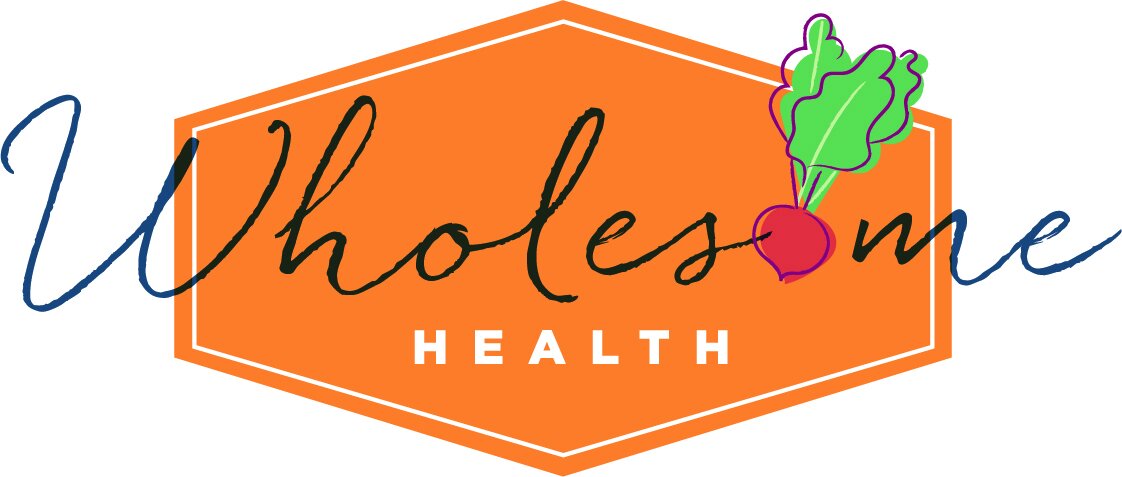Why You Should Avoid Trans Fats for Heart Health
Welcome back for week two of my heart-healthy eating tips! February is American Heart Month so we’re talking all about the best and worst foods for your heart. This week I’ll tell you what trans fats are, list common food sources of them, and help you navigate confusing nutrition labels. Read on to learn more!
What is trans fat?
Trans fat is made through a process called hydrogenation, which is when hydrogen is added to a vegetable oil. This converts the vegetable oil from a liquid to a solid at room temperature. These partially hydrogenated oils contain trans fats.
There are also small amounts of trans fat naturally present in some meat and dairy products, but these do not have the same negative effects on health.
Why are trans fats used?
Trans fats are used in many packaged goods to increase shelf life and improve taste and texture. They’re also a lot cheaper! The oils used in deep fryers at restaurants often contain trans fats because they don’t have to be changed out as often.
Are trans fats bad?
Trans fats were originally thought to be healthier than saturated fats, but we now realize that these fats may increase “less healthy” LDL cholesterol and triglycerides and decrease “healthy” HDL cholesterol. High triglyceride and LDL cholesterol levels, as well as low HDL cholesterol levels, can increase your risk for developing heart disease.
Trans fats also may make it harder to lose weight, so if you’re struggling to lose weight, check ingredient lists of the foods you eat and avoid anything that contains partially hydrogenated oils. The 2020-2025 Dietary Guidelines for Americans recommends keeping your intake of trans fat as low as possible (preferably at zero!).
Dietary sources of trans fat
In 2015, the FDA deemed partially hydrogenated oils not Generally Recognized as Safe (GRAS). Many restaurants and food manufacturers are slowly phasing trans fat and partially hydrogenated oils out of their foods. However, you may still come across these unhealthy fats in several foods on grocery store shelves or in restaurants, such as:
Shortening - Crisco
Margarine
Microwave popcorn
Crackers and other packaged snack food
Store-bought baked goods and pastries - pies, cookies, cakes, etc.
Frozen pizza
Refrigerated dough - pizza crust, pie crust, biscuits
Fried foods - fried chicken, donuts, French fries, mozzarella sticks
Non-dairy coffee creamer
Reading nutrition labels
Labeling laws in the US state that foods may list zero grams of trans fat as long as they have no more than 0.5 grams of trans fat per serving. So be careful when reading labels! Even if you are getting less than 0.5 grams of trans fat, it could add up if you are eating multiple servings of that product. Always check ingredient lists to find out if a product has partially hydrogenated oils. If it does, then put it back on the shelf and find something else!
Fully hydrogenated oils
These oils are made in a similar fashion but don’t contain trans fats. They do, however, contain saturated fats, which we’ll talk more about next week. Many labels don’t specify if a food contains partially or fully hydrogenated oils (see the examples below), so beware! If you can, it’s best to look for foods with no hydrogenated oils.
The ingredient list for a frozen Marie Callender’s pie crust.
The ingredient list for Jiffy corn muffin mix.
Knowing which types of fats are good or bad for your heart can be confusing, so I hope this has helped to show you the negative health effects of trans fats. Hope to see you back here next week to learn all about saturated fats!





